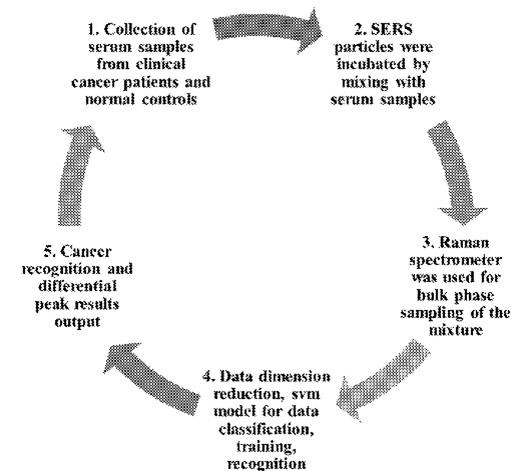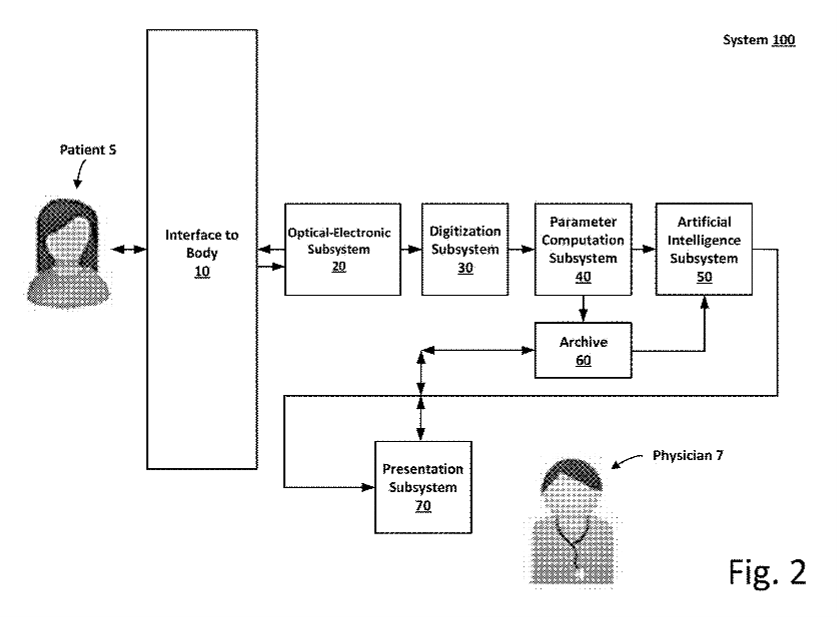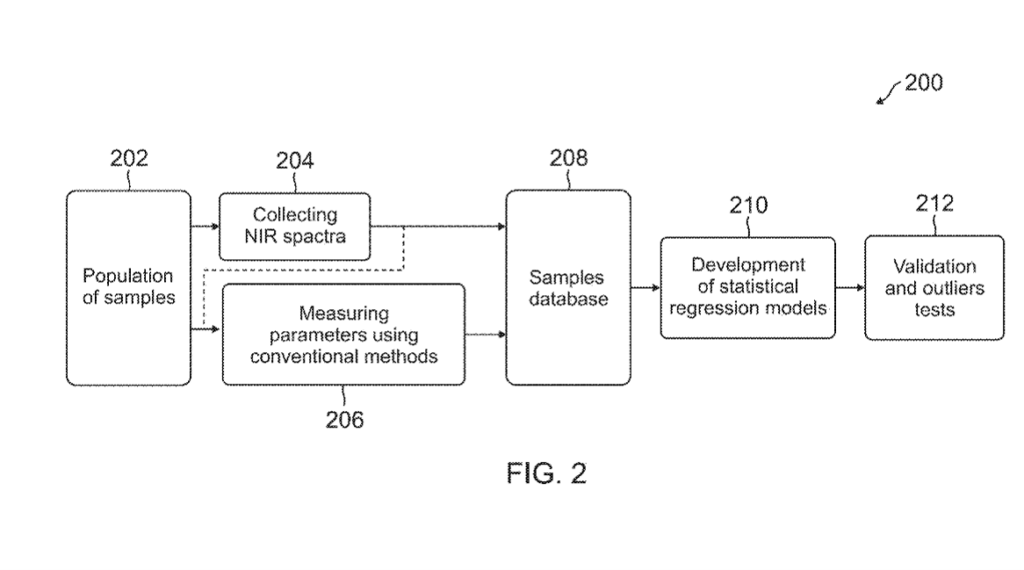04/02/2025
World Cancer Day, observed every year on 4 February, is a global initiative that raises awareness about cancer, its prevention, and the need for improved diagnosis and treatment. The 2025 – 2027 campaign is shifting toward a more people-centred approach, emphasising the importance of ensuring that peoples voices and needs are central to the development of cancer care strategies, from prevention to treatment and beyond.
This event also serves as a reminder of how far we’ve come in the fight against cancer, and the transformative role that advances in technology, notably artificial intelligence (AI), can play in advancing diagnosis and treatment. One of the most promising developments in this space comes from the University of Edinburgh.
A research team from the University of Edinburgh developed a groundbreaking diagnostic method that combines artificial intelligence (AI) with Raman spectroscopy to detect early-stage breast cancer through a simple blood test. This pilot study, published in December 2024, demonstrated a 98% effectiveness in identifying stage 1a breast cancer using blood plasma samples. The technique also distinguished between the four main subtypes of breast cancer with over 90% accuracy. The primary motivation behind this development was to create a non-invasive, rapid, and accurate alternative to traditional mammograms, aiming to improve early detection and patient outcomes. The new method could lead to earlier diagnoses, personalised treatments, and a shift towards AI-driven, non-invasive diagnostic tools in oncology.
However, the University of Edinburgh are not alone in this development. We’ve looked at recent publications from the patent literature and there has been a lot of activity in patent publications pursuing tech using AI and spectroscopy for cancer diagnosis. While spectroscopy is a well established technique for molecular analysis, combining it with AI for diagnostic applications, particularly in cancer detection has seen lots of development recently. We’ve included some interesting examples below:
Chinese patent number CN115078331B in the name of Wuhan University presents a novel method for high-accuracy, non-invasive cancer detection by integrating Surface Enhanced Raman Scattering (SERS) spectroscopy with artificial intelligence (AI). The technique employs silver nanowires as SERS probes, mixed with serum samples for analysis, eliminating the need for antibody-antigen specificity. SERS spectral data is collected and processed using dimensional reduction via a covariance matrix, enabling a support vector machine (SVM) model to classify cancer patients and normal individuals. This method is rapid, cost-effective, and highly accurate, achieving exceptional results in identifying lung cancer and colorectal carcinoma within about an hour, using minimal consumables. The innovation offers a transformative approach to serological cancer diagnostics.

Figure 1 – A flow chart of a spectroscopy and artificial intelligence-interaction serum analysis method from CN115078331B
US patent number US11129577B2 in the name of Telebyte Inc describes an optical cancer detector using Deep Optical Scanning (DEOS) and a multilayer neural network. The system is designed for the detection of certain cancers, such as breast cancer, and assesses their response to therapy. It employs a nonlinear optical interaction of laser-generated light with tissue. The system is portable and non-invasive, integrating hardware and software subsystems including an Optical Electronic Subsystem, a Digitization Subsystem, a Parameter Computation Subsystem, an Archive, an Artificial Intelligence Subsystem, and a Presentation Subsystem. The AI subsystem uses energy spectral density data as input to provide an indication of whether the tissue is normal or malignant.

Figure 2 – Block diagram of a system for cancer detection from US11129577B2
US patent number US11366102B2 in the name of Olaris Inc covers a method of predicting a patient’s responsiveness to pharmaceutical drugs by analysing metabolites in a biological sample using spectrographic techniques. Specifically, it utilises NMR spectroscopy to identify metabolite signatures that indicate whether a patient is responsive or resistant to drugs, particularly in breast cancer patients. The invention provides a model for predicting drug responsiveness based on the analysis of metabolites, thereby personalising treatment for optimal outcomes.
US patent number US11747205B2 in the name of Deep Smart Light Ltd details a non-invasive, multispectral-fluorescence characterisation of biological tissues using machine/deep learning. It involves obtaining an excitation-emission matrix through fluorescence spectroscopy and using a machine learning model to infer a classification of the tissue or the concentration of a substance in the tissue. The system aims to enhance medical diagnostics by providing real-time, accurate tissue characterisation, potentially applicable to cancer diagnostics. In an exemplary study, an embodiment of the fluorescence spectroscopy device was used to classify skin tissue types as “normal tissue,” “mole,” or “cancer,” based on luminescence (e.g., fluorescence) spectra.

Figure 3 – Schematic of a light-based sensor from US11747205B2
US patent number US12061116B2 in the name of Si-Ware Systems describes a compact spectral analyser that can be used for biological sample detection. It combines a spectrometer with an AI engine to analyse spectral data and map it to biochemical content concentrations. The spectral analyser includes various components assembled on a chassis, such as a light source, light modulator, optical elements, and a detector. It aims to provide a non-invasive analysis of biological tissues, potentially detecting infections or biomarkers associated with diseases.

Figure 4 – An example workflow for building an AI engine to analyse spectral data from US12061116B2
Each of these patents focus on various spectroscopy methods (such as NMR and fluorescence spectroscopy) and their applications in diagnostics, often incorporating AI for data analysis and interpretation. Patents like the ones above drive innovation in medical diagnostics by incentivising breakthroughs for AI-enabled cancer detection while expanding public knowledge and collaboration. They facilitate collaboration, promote quality standards, and encourage adaptations for new applications.
There is often a common misconception that AI-related inventions cannot be validly protected by patents. However, this isn’t the case and they can be validly protected by patents. In recent years, the number of AI-related patent applications has skyrocketed, the number of patents being granted has followed a similar trend, and the chance of grant for each patent application filed appears to have has increased.
We therefore wonder whether future developments will see the University of Edinburgh’s AI-related techniques expanded to other cancer types. If the method proves effective for breast cancer, an adaptation to a new cancer type could involve unique training datasets, biomarker identification, and spectral analysis techniques, which could be patented separately. For example, specific AI algorithms trained for lung cancer or brain cancer detection may represent patentable innovations. It is worth noting that expanding this technology to other cancer types might raise conflicts if other entities hold patents for Raman spectroscopy or AI applications in diagnostics for those specific cancers. Identifying potential overlaps or conflicts with existing patents will help determine if licensing agreements or collaborative partnerships are necessary for commercialisation.
In summary, cancer diagnosis technology is developing rapidly. The patent literature can provide valuable clues about a sector’s focus and potential future technologies. It will be exciting to watch this space and see what groundbreaking techniques arise.
This article is for general information only. Its content is not a statement of the law on any subject and does not constitute advice. Please contact Reddie & Grose LLP for advice before taking any action in reliance on it.




